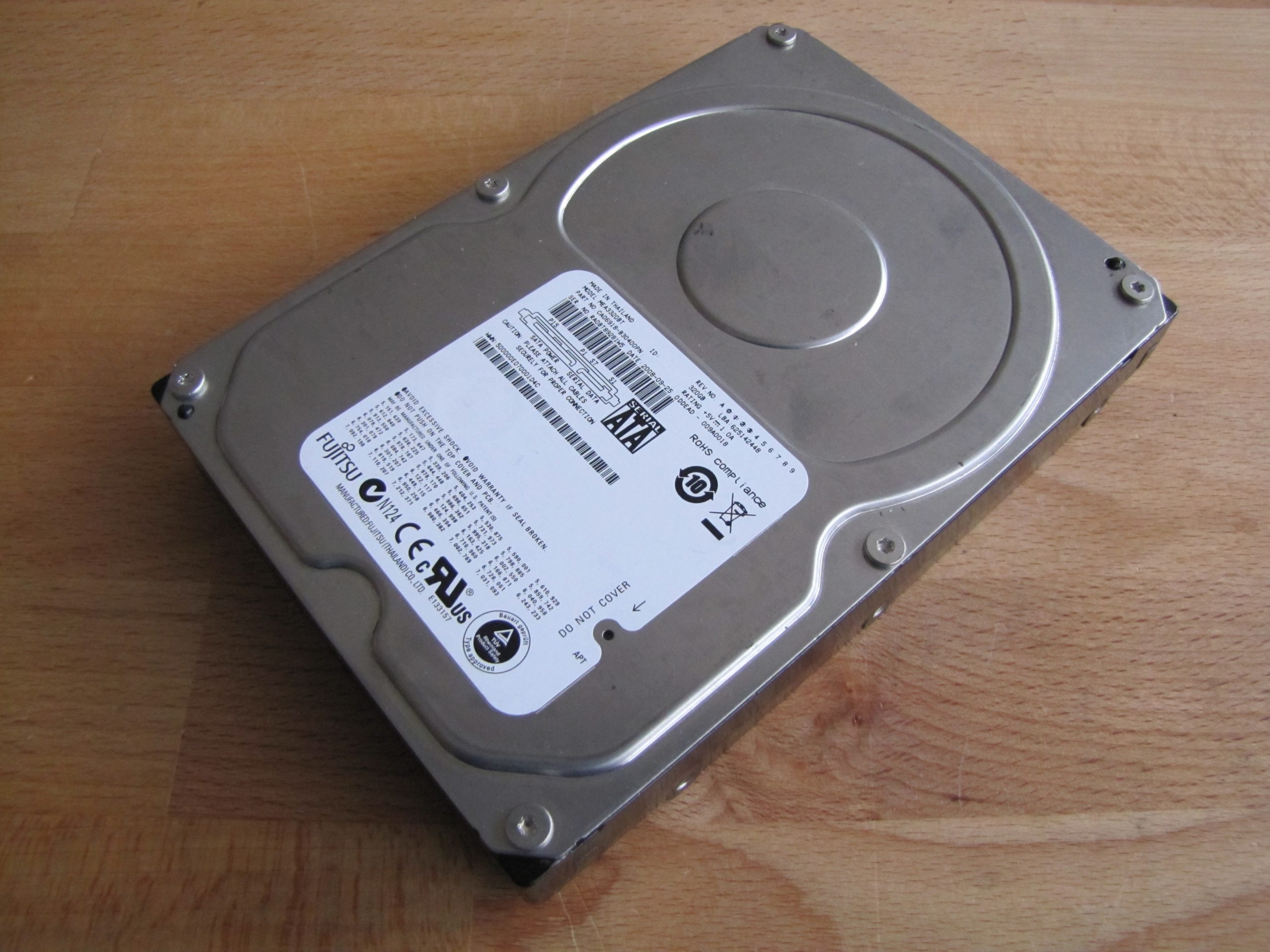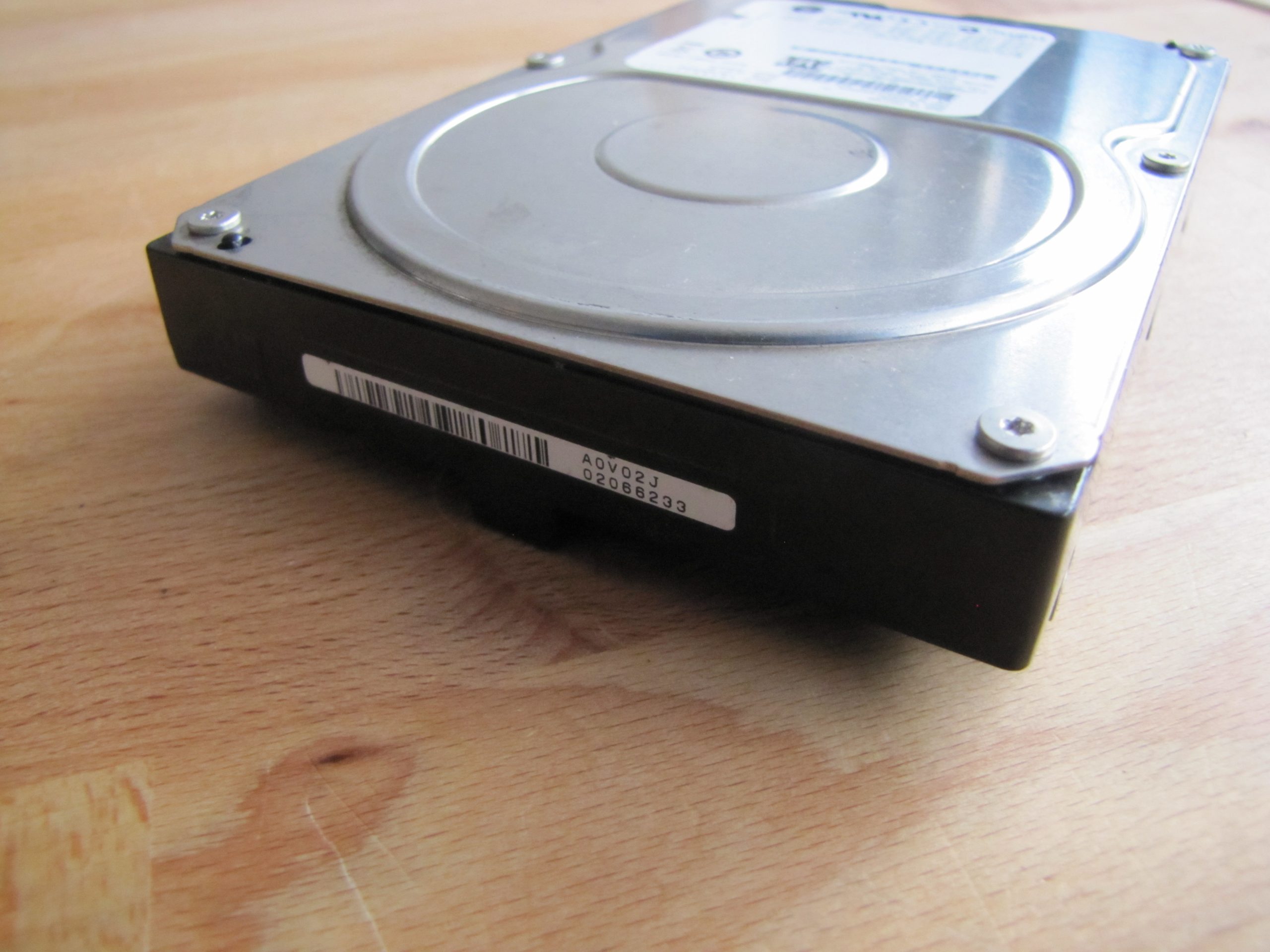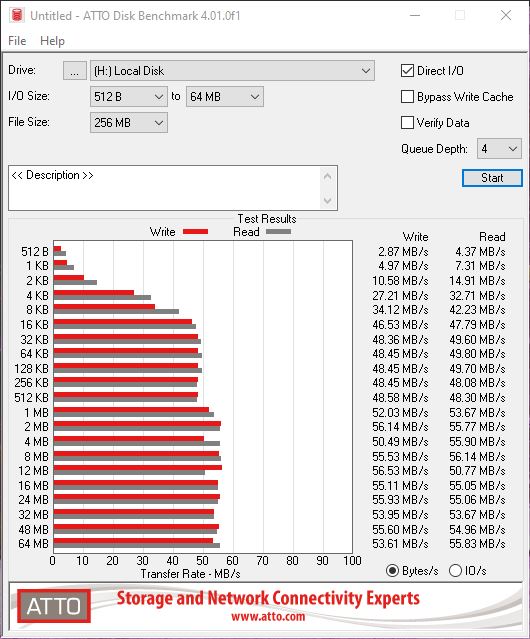This post was updated on 2023-03-08, per further analysis.
Released in mid-late 2008, the MEA3320BT was Fujitsu’s re-entry into the AV space, after famously exiting from the general 3.5″ consumer market in the very early 2000’s. While these drives weren’t available for retail purchase, they were relatively widespread in AV equipment (especially from Panasonic), however seemingly only within Japan.
These drives give away the idea that Fujitsu was potentially considering re-entering the consumer 3.5″ drive market, although this was stopped short by Toshiba’s acquisition of Fujitsu’s hard drive division in early 2009.

Drive Attributes ---------------------------------------- Fujitsu G1 AV MEA3320BT ---------------------------------------- Capacity 320GB Mfc Date 2008-09-25 Format 3.5" Interface SATA Platters 1* Heads 2* Cache 8MB RPM 3600 Protocol Serial-ATA/300 (lm./150) *unverified, per no data available ----------------------------------------
3,600 RPM is certainly a rather bold choice for a drive produced in 2008, but it seems Fujitsu went in that direction. Based on performance figures (found below), these sport a single 320GB platter, as opposed to previously theorising a 2x 160GB per-platter 5,400 RPM specification. While a strange move indeed, perhaps Fujitsu thought the worthwhile temperature benefit was of huge importance for the AV sector. It’s a shame no further developments were made with these drives, as this would have been an interesting trend to analyse.
You can find a full analysis overview as to how this final RPM figure was attained below.
Fujitsu only produced these drives in 320GB capacities, the MEA3320BT being the only drives produced holding this exact design.

Fujitsu remained relatively consistent with their label designs into the mid-late 2000’s, which continued into Toshiba-labelled drives for some time. Fujitsu only produced these drives in Thailand, where their factory in the Philippines seemingly continued only producing enterprise-grade models.

Fujitsu used their own spindle motors, as usual in the vast majority of their drives. Seeing SATA connectors on a 3.5″ Fujitsu is certainly quite jarring!

The design of these isn’t anything fancy. They’re surprisingly heavy drives.

These models look set to take on the consumer 3.5″ market, but it’s a reality which never occured. Fujitsu were making steep losses with their hard drive division during this era, which explains why the division was sold off. Western Digital were even considering purchasing them, for a small amount of time.

Unfortunately, there’s nothing special under the PCB, with no codenames or parameters to be seen. The head-stack interconnection method doesn’t use pressure contacts, unlike drives from practically every other manufacturer in 2008, instead using an incredibly small pin-block on the PCB.

These units utilise a main controller IC from Marvell (part 88i6736), buffer RAM (from SK Hynix, 8MB) and a motor controller IC from Texas Instruments (TLS2503). There’s nothing particularly special about these when compared to other drives from ~2008, but it’s interesting to see the vendors Fujitsu decided to use comparatively.

These drives originally came from Panasonic AV/Blu-Ray players, which is why they list a SATA version of 2.5, yet only run at 1.5Gb/s. This is a fairly annoying action by some AV device manufacturers, of which Panasonic is a prime culprit.

This particular drive is relatively young, with only 8.4k power on hours. Of the four drives I ended up importing from Japan (as a set, out of curiosity alone), they range from 3.2k to 36.4k hours. The seller was an AV device liquidator, so these drives were completely wiped, unfortunately. All four were manufactured between August and November in 2008.


Having a rare opportunity for some extra “play-time” at my workplace, I was able to analyse the frequencies produced by these drives in a more suitable environment. As per having more sensitive equipment available (alongside spectogram analysis equipment), a clear 60Hz peak is attained, being the spindle motor’s operational frequency.
Higher RPM drives produce higher frequencies, as one would expect. A 7,200 RPM drive exhibiting double the frequency of a 3,600 RPM drive, producing a defining 120Hz peak. This is the same with a 5,400 RPM drive, coming in-between these two figures, at 90Hz. As a result of this simple fact, 3,600 RPM is the ticket.
The same findings were displayed via spectral anaylsis, but the images above demonstrate this most clearly.

As per the performance given above, one can assume these have a single 320GB platter, with this drive having similar performance to that of a 5,400 RPM two 160GB platter drive.
These drives feature very aggressive idle behaviour, where the drive starts exhibiting self-checks given a 3-4 second window of opportunity.

A similar story is told above, reaching 55MB/s sustained in operational use for the most part with reads.

A benchmark I usually wouldn’t run, but being inspired by Gough Lui‘s hard drive corner posts, I decided to run ATTO. Peak performance is met past 1MB sizes, with previous levelling out past 16KB.
On all of these drives, the power cycle count is roughly half to two-thirds the figure of the power on hours, which when considering these were in Blu-Ray players, makes perfect sense. It demonstrates where a single film was watched, then the device was turned off. Unfortunately, these drives have no extended drive statistics.

Being Fujitsu’s first AV/consumer units featuring a parking ramp, it’s almost a certainty that Toshiba used at least some assets from this drive design in their future models (excluding Hitachi-based models).
While it’s a shame that Fujitsu never ended up developing these models further, it’s clear that Fujitsu’s presence with non-enterprise 3.5″ drives didn’t end in 2001 after all.
If you missed the video I made on this drive, you can find it here:
[pending]